IDeal 529 College Savings Program: 15 Years of Opportunity
14 Sep 2016, by admin Share : IDeal—Idaho 529 College Savings Program, is celebrating its 15-year anniversary. To celebrate this milestone, IDeal is reaching out to stakeholders across the state to share the impact IDeal’s made and the stories behind IDeal’s progress.
IDeal—Idaho 529 College Savings Program, is celebrating its 15-year anniversary. To celebrate this milestone, IDeal is reaching out to stakeholders across the state to share the impact IDeal’s made and the stories behind IDeal’s progress.
IDeal was created by the Idaho Legislature in 2000 and launched in 2001. As our state’s 529 college savings program, IDeal allows families to save and invest for higher education while enjoying state and federal tax advantages.
Since the plan launched, families using IDeal have saved and then used more than $170 million for higher education. This money has been used at hundreds of institutions across the US, from Idaho’s own colleges and universities, to Ivy League schools, and everywhere in between. Currently, there are nearly 30,000 IDeal account beneficiaries hailing from every county in the state.
IDeal’s anniversary represents fifteen years of Idaho families helping their loved ones reach for bigger and better opportunities, fifteen years of growing our state’s

college-going culture, and fifteen years of peace-of-mind for families who hope to see their loved ones go on but have concerns about shouldering the financial burden.
Recently, we asked Idaho families to tell us about their experiences with IDeal. The responses made one thing very clear—families seeking a brighter future for their loved ones use IDeal to help achieve those goals. By reducing or removing the financial obstacles to education, families that save with IDeal show their future generations that higher education is an expectation.
We were amazed by the varied life situations and backgrounds of our savers:
- Many grandparents save for their grandchildren, allowing their adult children to focus on immediate financial needs.
- A mother started saving for her son after he went into remission from cancer. She was finally able to turn her attention toward the future and plan for a healthy life ahead for her son.
- A teen mom saved enough money to pay for her own dual-credit courses as she works to graduate from high school and get a head-start on a college degree.
- Many parents save just a little each month, but are thrilled at the possibility of growing their hard-earned money through investments.
- Others told us that their children will graduate from college debt-free thanks to their savings.

While these savers’ stories and their financial abilities vary greatly, they share a commitment to higher education, and a longing to see their loved ones realize their full potential.
Our state is working hard to get more students to attend college, and we thank you as employers for helping. You are crucial partners in getting more students to go on to higher education.
IDeal is one more tool that families can utilize to foster a college-going culture in their homes. When families open IDeal accounts, they create a self-fulfilling prophecy that the student has a future in higher education. The very act of opening that account increases the likelihood that their loved ones will go on, regardless of how much they’re ultimately able to save.[1]
Please help us spread the word! Here are a few ways you can help to connect IDeal with your employees and constituents:
- Invite IDeal to speak at meeting or event (benefit fair, lunch-and-learn, etc…) https://www.idsaves.org/home/outreach/event-request.html
- Offer IDeal as a direct deposit option for employees
- Highlight IDeal information in emails, newsletters or social media
- Stock IDeal brochures / hang posters in your offices or breakrooms
- Follow and share our social media posts. We’re on Facebook (facebook.com/idaho529) and Twitter (@IDealIdaho529)
Visit idsaves.org to learn more and get in touch with us.
For more information about the Idaho College Savings Program (“IDeal”), call 866-433-2533 or click here to obtain a Disclosure Statement. The Disclosure Statement discusses investment objectives, risks, charges, expenses, and other important information. Because investing in IDeal is an important decision for you and your family, you should read and consider the Disclosure Statement carefully before investing. Ascensus Broker Dealer Services, Inc. (“ABD”) is Distributor of IDeal.
If you are not an Idaho taxpayer, consider before investing whether your or the beneficiary’s home state offers any state tax or other benefits that are only available for investments in such state’s qualified tuition program.
IDeal is administered by the Idaho College Savings Program Board (“Board”). ABD , the program manager, and its affiliates, have overall responsibility for the day-to-day operations, including investment advisory, recordkeeping and administrative services, and marketing. The Vanguard Group, Inc. (“Vanguard”) serves as Investment Manager for IDeal. Sallie Mae Bank serves as the Savings Portfolio Manager for IDeal. IDeal’s Portfolios invest in either: (i) mutual funds offered or managed by Vanguard; or (ii) an FDIC-insured omnibus savings account held in trust by the Board at Sallie Mae Bank. Except for the Savings Portfolio, investments in IDeal are not insured by the FDIC. Units of the Portfolios are municipal securities and the value of units will vary with market conditions.
Investment returns will vary depending upon the performance of the Portfolios you choose. Except to the extent of FDIC insurance available for the Savings Portfolio, you could lose all or a portion of your money by investing in IDeal, depending on market conditions. Account Owners assume all investment risks as well as responsibility for any federal and state tax consequences.
[1] Elliott, W. and Beverly, S. (2011). The role of savings and wealth in reducing “wilt” between expectations and college attendance. Journal of Children & Poverty, 17(2), 165-185. http://csd.wustl.edu/Publications/Documents/RB10-04.pdf






